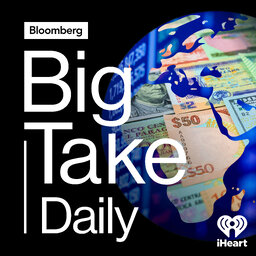How China’s BYD Became King of the Affordable EV
Started as a battery company in the 1990s in Shenzhen, BYD is now one of the best-selling EV brands in the world. Once mocked by Elon Musk, the company’s startling growth made it a global player and has sparked tariffs in the US and EU.
On today’s Big Take Asia Podcast, host K. Oanh Ha talks to Bloomberg’s Gabrielle Coppola and Danny Lee about the company’s aggressive expansion and what it means for the global auto market.
Read more: BYD Is Winning the Global Race to Make Cheaper EVs
 Big Take
Big Take



